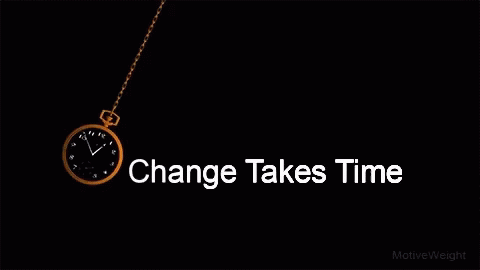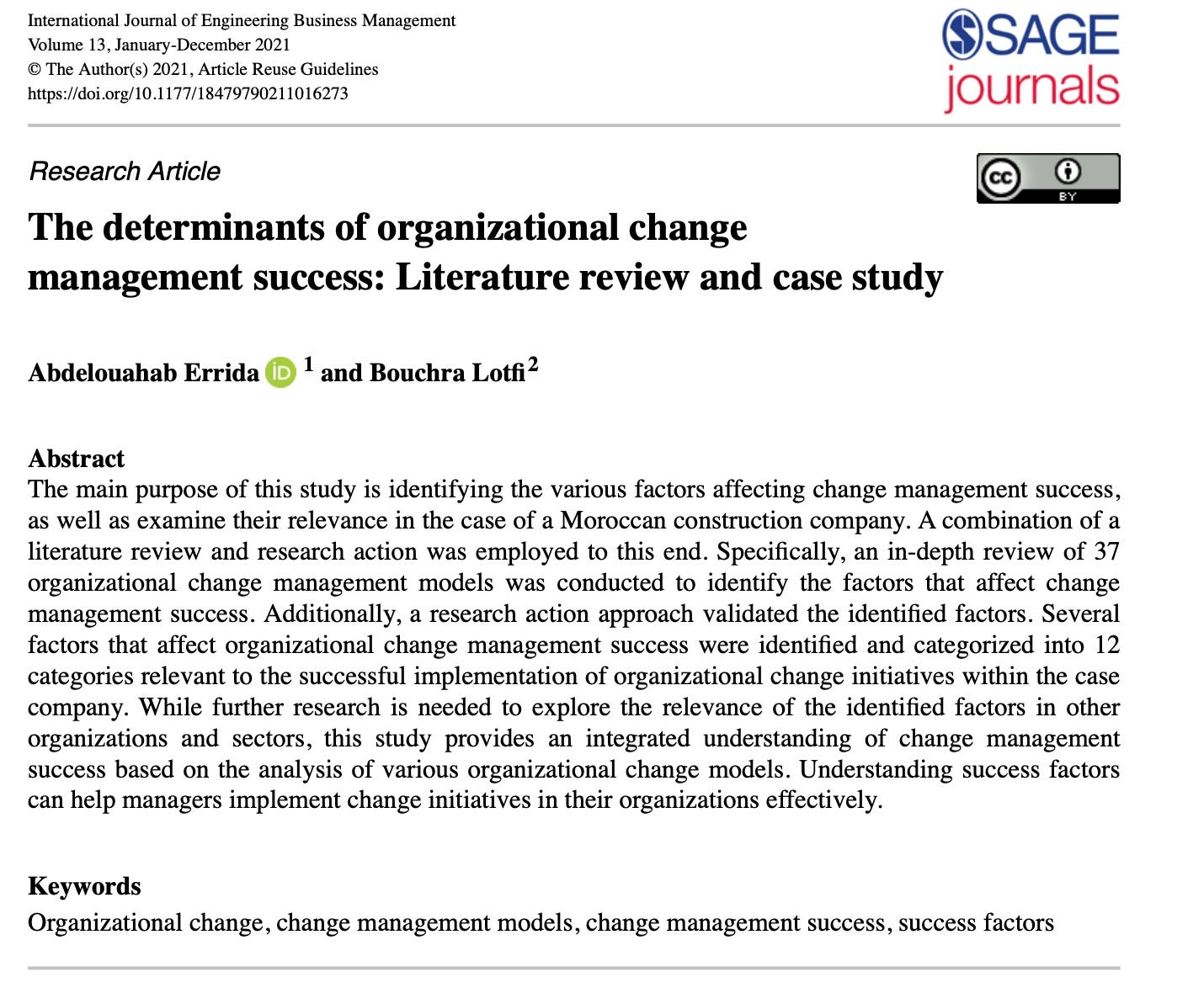"In the matter of reforming things, as distinct from deforming them, there is one plain and simple principle; a principle which will probably be called a paradox. There exists in such a case a certain institution or law; let us say, for the sake of simplicity, a fence or gate erected across a road. The more modern type of reformer goes gaily up to it and says, 'I don't see the use of this; let us clear it away.' To which the more intelligent type of reformer will do well to answer: 'If you don't see the use of it, I certainly won't let you clear it away. Go away and think. Then, when you can come back and tell me that you do see the use of it, I may allow you to destroy it.'" G.K. Chesterton.
Who would have said it? A fence can turn you into a better decision maker!
let’s continue…
The Chesterton’s Fence is a mental shortcut for problem solving inspired by a quote from the writer Gilbert Keith Chesterton where he describes the case of a man who notices a fence and sees no reason for its existence. However, before deciding to remove it, he must figure out why it exists in the first place. If he doesn’t do this, more harm than good can be done by removing it.
The Chesterton's fence metaphor is a useful thinking tool that illustrates the importance of understanding the reasons behind existing structures, practices and systems before attempting to change them. It doesn’t matter if those reasons are wrong or illogical, what matters is that there is a reason to be first understood; so until we can explain it, better not to touch the fence.
We should never dismiss something without understanding why it exists in the first place.
For leadership, the metaphor of Chesterton's fence is a reminder of the importance of asking (better) questions, seeking to understand, and avoiding the temptation to disrupt structures and change systems without first being clear about the reasons for things being the way they are. Avoid falling in the trap of making quick assumptions; approach situations with an open mind and a willingness to learn.
Leaders are expected to challenge the status quo and push boundaries. However, it is important to remember that there is often a reason why things are the way they are, and that change for the sake of change is rarely effective or sustainable.
However, let’s not confuse seeking to understand with the dangerous “this is how things have always been here” that never leads to change. A great colleague once told something wise when joining his team that I will never forget “we want change, but we want change from within, so first make sure you understand how things work here, become part of us and then bring your fresh perspectives, the ones that makes sense in context”
Some takeaways from the Chesterton's Fence principle:
1. Pause and think before proposing changes. What solutions to what problems are you trying to bring? Why? Is a change in processes for example really needed, or is it perhaps to work on the enforcement of existing processes the right solution? Do you need to change things or you need to better connect the dots with what already exist?
2. Ask questions and seek to understand. Keep an open mind, don't follow biased assumptions or jump to fast conclusions.
3. Be strategic and thoughtful in your approach to change. Identify the areas in which change is necessary and prioritize them accordingly. Enlist allies that see the need for change.
4. Communicate effectively. Be clear and inspiring about the case for change. Be transparent about the implications.
5. Do not underestimate the resistance to change within an organization. Drive it patiently and consistently, don’t impose it. Showcase the benefits and celebrate the wins. Identify antibodies.
Be patient, lasting change takes time.
Understanding the Chesterton’s fence principle could have helped Blockbuster
We talked in a previous post about the case of Blockbuster, let’s look at it again but through this new lense.
The Blockbuster “attempt to change” is a real-world example of how poorly understood change leads you to a worst place when it is just the response to what the competitor is doing, but without understanding the real drivers for it. This way, the change is simply reactive and lacks identity; the value proposition is not differentiated.
Blockbuster did not take the time to evaluate the existing structures and systems that were at the core to the shifting paradigm in their industry, therefore making irrelevant any attempt to innovate.
Blockbuster was the dominant player in the video rental industry in the 1990s and early 2000s. However, the emergence of Netflix, an online video rental and streaming services platform, created a major disruption in the movie rental industry.
After a period of ‘Hubris’ and denial, Blockbuster's response to Netflix forces was trying to compete head-on by launching their own online rental service and expanding their physical store network. However, this strategy failed to gain traction, and Blockbuster eventually had to file for bankruptcy in 2010.
One of the reason for Blockbuster's failure was that they did not respect the Chesterton’s fence principle, meaning the company did not fully understand the reasons for the changes in consumer behavior with the rise of streaming services. Thus, instead of taking the time to study why people were shifting to online rentals, Blockbuster tried to compete by copying them. However, they did it within the limitations of their own mindset, an even large physical presence, and the lack of understanding of the underlying forces reshaping their industry.
Netflix in contrast had started a revolution precisely because it understood these forces, which allowed them to developed a unique business model capitalizing on the shift: consumers wanted greater convenience and personalization.
They built their business model around these principles and as a result, Netflix was able to disrupt the industry and become the dominant player in the streaming market.
Netflix drove change because they understood why the Blockbuster fence was there in the first place and what needed to change.
Blockbuster was driven by the change that was happening around them and ultimately went bankrupt.
Real-World Applications of Chesterton’s Fence in Decision-Making
In a study published in the Journal of Management, the researchers found that “the most effective change is that which emerges from a careful consideration of the existing system”.
The study recommends that managers must first understand the current system and its logic before trying to change it, which sounds obvious and common sense, but does it always happen?
Do you know how many times in my career I was part of discussions where proposals for change to existing systems or innovative ideas were being advanced yet the simple answers to the most important 1-2 punch questions 1. “What is it exactly that we are trying to solve for here?” and 2. “Why?”… could not be properly articulated?
Second order thinking … “and then what?”
Strategically, the importance of the Chesterton’s Fence principle goes beyond understanding why things are the way they are in the first place before deciding to change them. Even when the decision for change is made, you need to pause for second-order thinking, which means to focus on anticipating the potential consequences of decisions before taking any action.
Chesterton’s Fence asks “and why is it done that way?”
Second-Order thinking asks “and then what?”
But if there is a second order thinking, there must be a first order one…
What are the differences between these 2 orders of thinking?
Second order thinking is a mental model that requires the analysis of the potential impact of decision into the future. These are some of the questions that help with second order thinking:
- Is this decision attractive because it has an immediate positive effect (first order consequence)?
- What is the potential downside of this decision into the future?
- How far can I look into that future to determine the possible impact on this decision into new opportunities it can bring?
Second order thinking provides a framework for decision-making. In his book PRINCIPLES, Ray Dalio provides an insight into second order thinking:
“Failing to consider second- and third-order consequences is the cause of a lot of painfully bad decisions, and it is especially deadly when the first inferior option confirms your own biases. Never seize on the first available option, no matter how good it seems, before you’ve asked questions and explored”
In conclusion
We live in a world where we are pushed to change, make changes, lead change, disrupt industries, disrupt ourselves and disrupt entire ecosystems if possible. We live under pressure to move fast, to pivot, change and adapt. Sometimes it doesn’t even feel natural to human nature to keep this pace.
While we can’t control the trends that shape and demand change, we should be wise and approach change with caution, even if things need to move fast. There should always be time for pausing, because productive change needs to take place after there is a good understanding of the existing conditions and their root causes. By doing so, you can avoid the unintended consequences of driving the wrong change or executing change wrong.
Ideally you want to be in the driver seat of history when change is made, so you have to be anticipatory and proactive. This type of change can be even more difficult to articulate, but existentially critical to achieve. Take your time!
BONUS TRACK - a quick visit by my alter ego, “The Contrarian”
Beware of self-erected, even invisible, fences to which you may assign profound meaning of impenetrable logic. All they are there for is to prevent change from ever happening because what you really deep inside you want is to never ever -EVER- have to change!!!!!
Watch for the trap from these mighty fences because they are designed by your mind so that you can never understand why they were there in the first place!!! They only exist to lead you to nothingness and paralysis. Watch out for those fences!! They only exist in your fearful mind!
After all, why bother questioning or dismantling a fence when it's much more exciting to remain trapped within its confines?
P.S. Before I go, here you have “The Treat,” where I share some of the music that kept me company while writing … Enjoy as you bid farewell to this post
“Lead yourself, Learn to live. Lead others, Learn to Build.”
If you enjoyed reading this post consider subscribing to the newsletter, joining the community and sharing your thoughts.
- credit to https://www.techtello.com/second-order-thinking/ for two illustrations I included in this article














Very profound discussion, Sebastian! I didn’t know about the Chesterton’s fence principle before, but the concept makes a perfect sense to me. In pharma quality/regulatory, we have an identical rule of change control, where any proposed change has to be justified and evaluated for impact on different aspects before implementation. It’s a good rule to apply on all levels of the organization. What is equally important is to look back after some time and evaluate whether the change was effective in achieving the initially desired effect; this is where a lot of learning happens. Thank you for a great content, including an excellent music choice :))! By the way, your alter-ego Bonus Track made a really good point!
Thank you Sebastian for another insightful post and reflection on a very important topic of problem solving and change which happens both in business and in our personal lives. I totally agree that first we need to understand why a system or situation exists and it's working and why it needs to change. This goes hand in hand with keeping an open mind, asking question and looking at a situation from different perspectives. My favorite take away is "pause and think" which is sometimes challenging to do in today's speedy times but essential to any successful change. I also like the clear explanation of the difference between first and second order of thinking and why we should never stop after the first order thinking. Change doesn't need to be big in order to be impactful but for sure needs to be well thought and your post shows exactly the way to do it. Thank you also for sharing a glimpse of how this post came to life (music and drink which I had to google to find out what mate is 😀